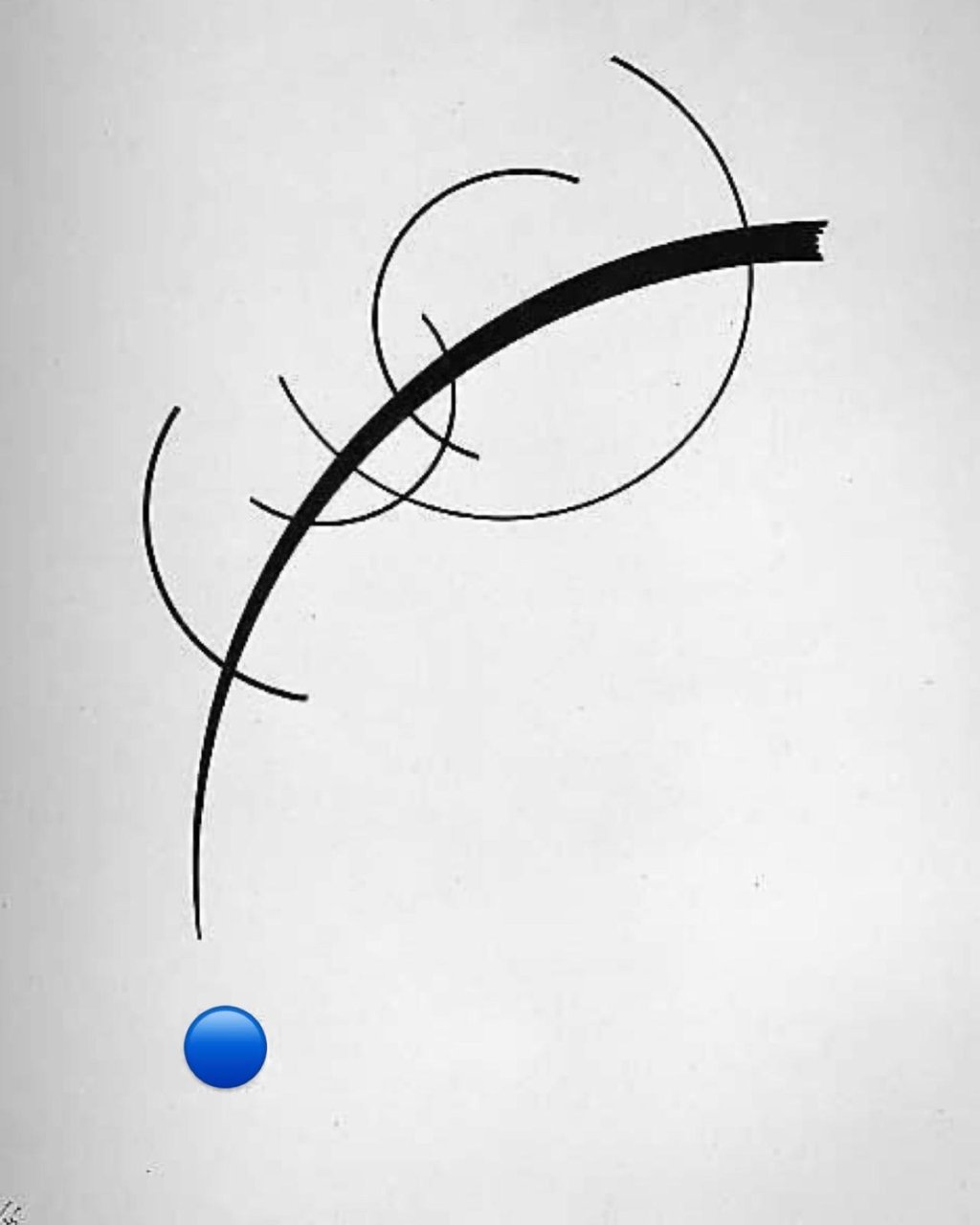When Blue Plays: Kandinsky and the Symphony of Senses
Preview Description: Step into the world of Wassily Kandinsky, where colors sing, shapes dance, and painting becomes a symphony for the senses. Discover how his synesthesia transformed art into a multisensory experience, turning every hue into a note, every line into a melody, and inviting viewers to see with their hearts and hear with their eyes.
ARTISTS
Charlotte Madeleine CASTELLI
8/14/20252 min read


When perception stretches beyond the visible, where color does not simply occupy a canvas but vibrates in the air like a suspended note, and where form is not only seen but heard: for Wassily Kandinsky, this was not a poetic fantasy—it was the reality of his life. His synesthesia—the extraordinary ability to perceive sounds as colors and colors as sounds—was once considered a curious neurological anomaly. Yet for him, it became a secret language, a direct bridge between perception and soul, between what is tangible and what resonates deep within us.
Kandinsky did not just look at colors; he listened to them. The deepest blues spoke to him with the warm, enveloping resonance of a cello, lighter blues danced like flutes, while the most intense blues echoed the low hum of a double bass. This connection between sound and color was no whim; it was the result of a meticulous inner exploration. Every hue, every combination, every geometric form was chosen as much with the ear as with the eye, as if the canvas were a musical score waiting to sound.
His renowned Composition VIII of 1923 embodies this vision. Geometric shapes, lines, circles, and arcs form a visual language akin to music. Each element pulses with its own energy, and together they produce an harmony that seems to dance before the viewer’s eyes. Kandinsky did not aim merely to convey the abstract; he sought to make emotion palpable, to resonate like a chord that penetrates the spirit, as if each gaze were an ear, each breath an echo of color and note.
In his theoretical treatise Point, Line, Plane, Kandinsky articulates this belief with clarity: form and color are not mere aesthetic tools—they are living entities capable of transmitting emotion. A point can beat like a heart, a line can breathe, a plane can ripple like sound. From these elementary foundations, Kandinsky constructed a visual language that transcends representation, a language that reaches directly into the soul of its beholder.
Synesthesia was never peripheral in Kandinsky’s life. He heard the world in colors and saw colors in music, creating a universe where painting and music were inseparable, a total sensory experience. Accounts tell us that he would spend hours contemplating a single shade of blue, “intoning” it until it resonated at the exact pitch he felt inside. His belief that art could touch the soul as profoundly as music reverberates through every line, point, and curve in his work: painting becomes a total experience, multisensory, capable of moving and engaging the viewer completely.
Through this, Kandinsky transformed what others might have seen as a condition into an extraordinary force, producing works that are not only seen but felt, heard, and lived. Each deep blue is a cello, each bright yellow a flute, every line an arpeggio carried through the air. Observers become part of this visual symphony, reminded that the senses are not isolated but can converse, and through this dialogue, art becomes a direct instrument of connection with the soul. Kandinsky invites us not just to look, but to feel, to vibrate, to be carried into a world where blue plays and music becomes visible.
© Charlotte Madeleine Castelli | All rights reserved
